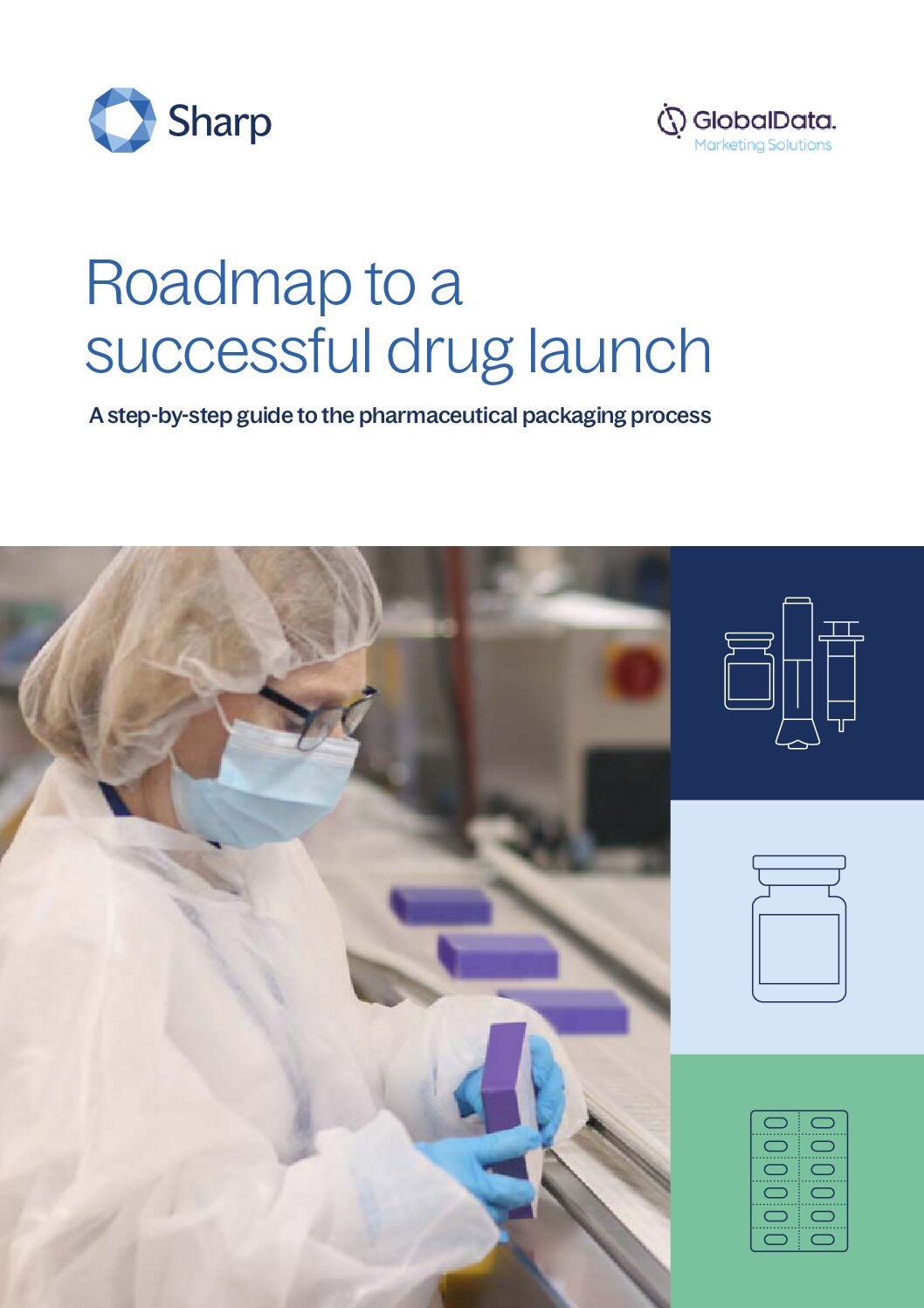
The growing demand for contract packaging services is a testament to the added value CDMOs bring to pharmaceutical companies navigating the complexities of drug development and commercialization. By leveraging CDMO partnerships, pharma companies can streamline operations, focus on innovation and strengthen their competitive edge.
Bringing a new drug product to market requires overcoming significant challenges such as tight timelines, rigorous quality standards and complex regulatory demands, making it essential to work with partners who bring the necessary packaging experience and expertise to navigate these hurdles. In this article, Jeff Benedict, Chief Commercial Officer at Sharp and Tonya Schmouder, Strategic Client Relationship Manager, Sharp, examine the critical elements behind a successful commercial drug launch.
1. Early engagement
A simple yet fundamental consideration is timing. Engage commercial packaging experts as early as possible. Clinical and commercial teams often operate in silos, creating misalignment that can complicate a smooth transition between these phases and causing obstacles on the path to launch. To avoid this, collaboration should begin as early as Phase II, focusing on key factors like package design and patient experience. Aligning early on packaging requirements not only mitigates risk but also creates opportunities to reduce costs and accelerate time-to-market.
Engaging a broad cross-functional network is equally important. Involving quality, validation, supply chain, logistics, artwork and marketing—from both the CDMO and the drug developer—ensures that no critical element is overlooked. This integrated approach helps anticipate challenges and fosters a proactive culture of compliance.
Many packaging activities, from ship studies to stability sampling, can be initiated during the clinical phase to prevent downstream delays. Initiating each of the packaging workstreams concurrently will help ensure the groundwork is in place for a quick launch once regulatory approval is granted. The message is clear: early collaboration can help drive speed to market while safeguarding compliance.
2. Comprehensive planning
A successful commercial launch requires robust, forward-thinking planning that covers every stage of the packaging process, from pre-launch preparation through post-launch support. Comprehensive planning means thinking several steps ahead and preparing for both the expected and the unexpected.
Every launch plan should define all critical milestones, deliverables and responsibilities across all functions (e.g., project management, regulatory, supply chain, quality, validation, engineering, etc.), as well as timelines for deliverables such as regulatory submissions, artwork approvals, packaging and distribution.
It’s vital to ensure all stakeholders understand the plan and their respective roles. Strong project management provides the structure needed to achieve this alignment. Experienced project managers and a detailed project schedule serve as more than a task tracker, they function as the framework that ensures every activity is executed at the right time, to the right standard, and in the right sequence. This level of expertise and process enables a coordinated path to timely and compliant market delivery.
It’s also important to identify potential risks, such as regulatory delays, artwork rejections, and supply chain disruptions, and develop backup plans for each. Also define clear escalation paths so that if a problem occurs, it’s immediately routed to the right decision-makers for swift resolution. For example, if a copy change is required on short notice, have a process in place to expedite review and approval – and have back-up plans/resources for back-ups!
Post-launch considerations should be built into a launch strategy. Preparing for varying market demand means ensuring sufficient drug product, materials and capacity to support packaging production should sales exceed initial forecasts. It’s equally critical to plan for efficient handling of regulatory updates or other required copy changes, supported by clear mechanisms for rapid communication, issue response, and contingency planning.
3. Package design and artwork
Early engagement with a CDMO provides many benefits, including package design that can withstand the lifecycle of a drug. Collaborating with a CDMO on package design and technical requirements for artwork development allows the most efficient use of equipment and packaging process at each drug lifecycle, from clinical supply that may be manually packaged to peak commercial sales that may require automation, then on to a product’s decline where semi-automated processes are sufficient. Leading CDMOs approach these requirements with the same discipline as large pharma companies. This involves conducting rigorous technical and quality reviews and maintaining a strong commitment to compliance and continuous improvement.
Collaboration ensures artwork is designed to include the technical requirements of the packaging process, as well as the material vendor’s capabilities. For example, even when the drug sponsor owns the artwork or regulatory submission, the CDMO is responsible for ensuring that all technical elements meet the necessary standards for packaging and production. This technical review is critical to prevent quality issues and ensure smooth operations for a timely launch.
If a package is designed or artwork developed without any particular equipment or process in mind, it can lead to artwork or design changes that can be costly and affect market supply.
4. Trust and communication
Fostering strong, trusting relationships with open communication is fundamental to the long-term success of any partnership. Trust is cultivated through openness and being transparent about expectations from the start, even before a formal collaboration begins. This openness allows both parties to acknowledge and navigate challenges and work together to find solutions, rather than avoiding issues until they become critical. Assigning responsibilities clearly at project initiation will also ensure there is no ambiguity, and the partnership can begin on the strongest footing.
Benedict says: “I have witnessed many times at Sharp, that when a partnership between our clients and our own packaging experts is working at its very best, the client-partner divide can become blurred, as both teams are fully synchronized and invested in delivering to a launch deadline knowing there are patients waiting.”
5. Handling complex global and regulatory requirements
Regulation is multifaceted and essential to the success of pharmaceutical launches, especially in a global context. CDMOs must navigate a landscape of diverse and evolving global regulations, often acting as both technical experts and compliance consultants. CDMOs’ expertise and commitment to quality are essential for ensuring that pharmaceutical products are launched in full compliance with all applicable regulations.
When planning a global pharmaceutical launch, it is critical to understand and proactively address regional differences in packaging, serialization and regulatory requirements. Such differences can significantly impact timelines, resource allocation and the overall market readiness. Artwork is a common source of complexity, as each market may have unique and sometimes unexpected requirements for lot (batch) specific printed copy. Consider something as fundamental as lot (batch) and expiry date formats—these can differ across countries, driven by national regulations, language and serialization guidelines. Anticipating these differences and integrating them into early planning is essential to mitigating risk and avoiding costly delays or post launch documentation updates. However, to avoid ambiguity, CDMOs must be clear about their responsibilities versus those of the pharma company, especially regarding regulatory sign-off and ownership.
About Sharp
Sharp Services has been providing contract packaging solutions for over 70 years, evolving to support the needs of the pharma and biotech industry and growing with its clients. Sharp has the experience, expertise and flexibility to deliver rapid, multi-country launches from its US, EU, and UK facilities with various packaging formats, including custom-designed solutions.
For further information, download the paper below.



